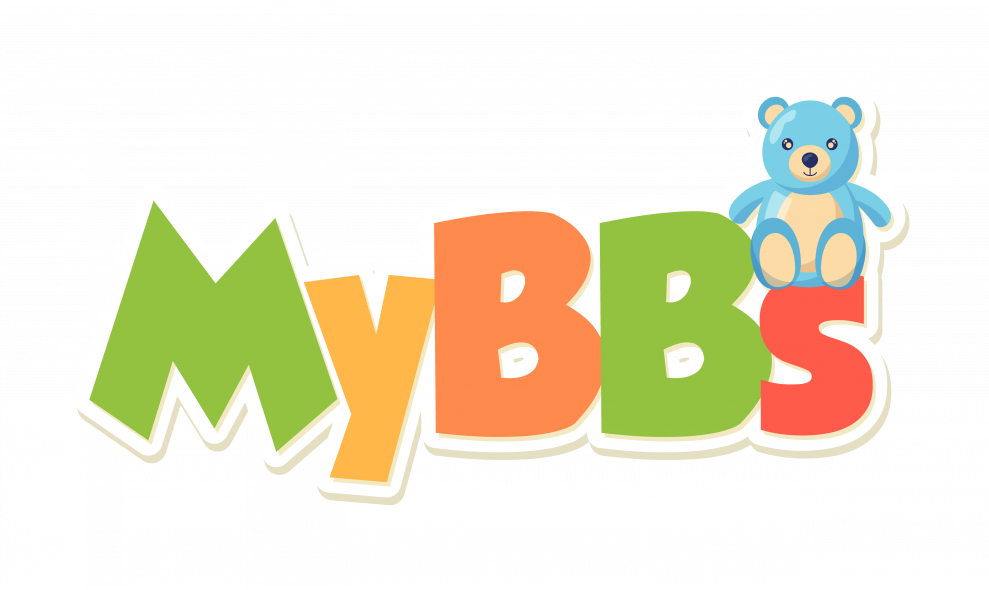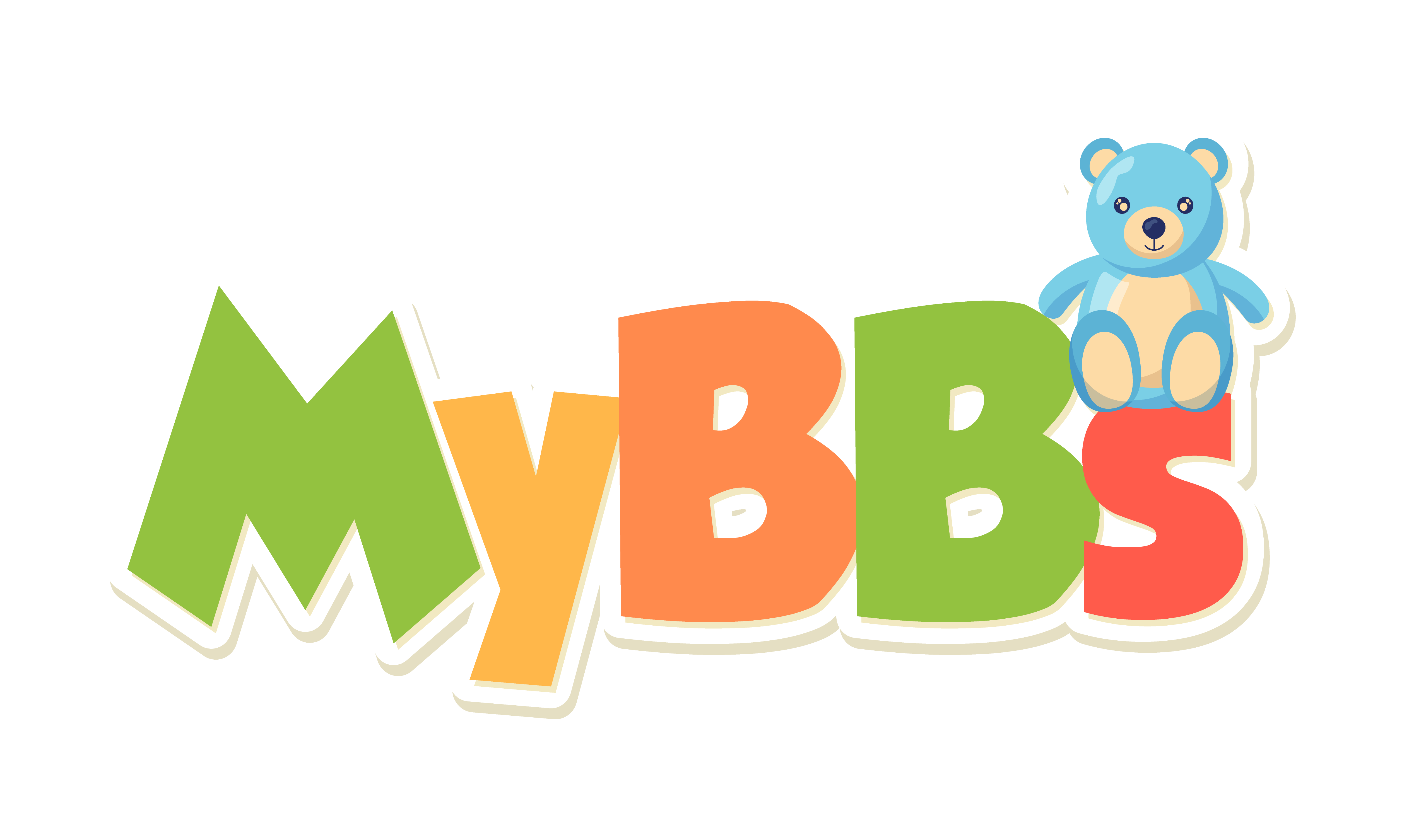Why Beanie Babies
A Brief History of Beanie Babies
Millennials everywhere should remember this popular 90’s toy! These lovable, collectible stuffed animals that took the world by storm had their time in the limelight only to fizzle out a few decades later.
We’re talking about Beanie Babies!
This craze had people all over the world looking to buy beanie babies, even smuggling them in from other countries! They became a market unto themselves.
In this article, we cover who invented Beanie Babies, why they took off as well as they did, and what exactly happened to the cultural phenom. Read along to find out what ultimately led to Beanie Babies’ demise.
Who Invented Beanie Babies?
Sometime in the late 80s, a former Dakin toy company employee by the name of H. Ty Warner decided to open his own toy company. He set out with the idea of creating a stuffed toy that was inexpensive enough that children could buy them with their own money.
At a price of $5, the first roll-out of Ty’s creations wasn’t originally called Beanie Babies. They went by the name of Himalayan Cats.
Trading out the traditional stuffing, Warner opted for plastic pellets. This gave the toys more realistic movements and contributed to their lifelike quality! Filled with pellets, the babies could be posed in any position a child wanted.
Not everyone agreed with his method, however. He received criticism from other toy companies, equating his creation to “roadkill.”
He took the insult on the chin and paid no mind as he invested every last cent into his idea. This even included a large sum of money he inherited from his father’s death.
What most would deem a risky business move turned out to be a huge success for Warner right away. He completely sold out at a toy fair, selling thirty thousand toys.
By 1993, the second wave of Ty’s invention was finally hitting shelves as Beanie Babies. Though, they might not be the shelves you think.
The Beanie Babies Market
Ty Warner had a sales tactic that he felt was foolproof. Instead of hitting the chain stores, he wanted his Beanie Babies to be sold out of independent gift shops. Even the amounts that he supplied to these specialty stores were around 35 of one beanie baby character.
Not only were stores given a specific supply, but they were also limited to certain designs. In other words, no one store had every beanie baby that was in production.
Warner’s idea was that the more rare his stuffed toys were, the more people would want them. He bet that if people felt they were in a special club of beanie baby owners that they would be more inclined to want them. He was right!
Collectors came flocking to purchase the newest and rarest beanie babies before stores were sold out. Their market value skyrocketed, some being sold for thousands of dollars!
Ty then took it a step further. He decided that not only would he limit the amount sent to stores, but that after a certain time period passed, he would then retire that beanie baby out of production.
This created a sense of urgency with collectors because they never knew when that beanie baby would be gone forever. As the trend started to die down, he made it possible for people to vote on which beanie baby would survive and continue to be manufactured.
Beanie Babies Downfall
In 1998, Beanie Babies reached its peak earning more than one billion dollars. They were being sold at a rapid pace on a new start-up at the time, eBay, and were included in every McDonald’s Happy Meal.
Because of this, the inevitable happened. Beanie Babies became too popular.
People were no longer members of a special club. Everyone had beanie babies, and everyone could get their hands on one easily.
By 2000, prices for most beanie babies fell below their original $5 sale price. Only the rarest of them sold for more.
Even now, you can find Princess Diana bears selling on eBay for about $50. That brings us to a great question.
Where Are TY Beanie Babies Today?
You can still find these adorable classic beanie babies. They are no longer in production by TY Inc., but you can still purchase them from places like my beanie babies.
Warner moved on to create other stuffed toys that you would recognize in stores. You can see kids tugging on their parent’s arms in retail chain stores, begging them to buy beanie boos. Wearing the classic TY tag, beanie boos are the big, round-eyed stuffed toys sitting on stands by the registers.
Beanie bellies, squishy beanies, and beanie balls are just a few of the creations being sold by Ty Inc today. Ty Inc. remains the largest manufacturer of soft toys in the world.
Final Thoughts
Though Beanie Babies didn’t maintain their collectible status for years to come, in their prime Ty Warner’s net worth rose to almost six billion dollars putting him on the list of the richest people in the world. He has navigated their downfall by pivoting with other product lines and remains on the Forbes 400 list with a net worth of over four billion dollars.
With millennials having become adults, earning money to spend, and raising children of their own, it wouldn’t be surprising to see a resurgence of the beloved beanie baby. The nostalgic, sentimental pull of these adorable creatures is strong.
If you know someone with a birthday coming up, why not buy them a beanie baby? Check out our collectible July Beanie Baby for the upcoming month.

